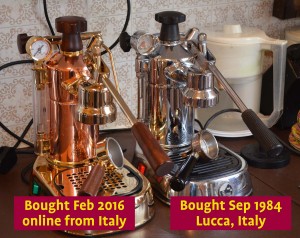No Smoke Without Fire
Wednesday, February 24th, 2016I had an email from my old friend the lovely Jenny Winn, remembering our time working at William Collins & Sons Ltd in the late ’60s. She won’t mind if I quote her:
“I loved 14 St. James’s Place with its creaky floors, that lady in the basement making trays of tea & coffee in the afternoon for everyone, Mark Collins as debonair as Bertie Wooster, elegant lady editors who wore expensive perfume and that very scary receptionist. Places of business like that probably no longer exist and I am grateful to have worked in such a civilized, elegant publishing house.”
Ten years after that I was working in very different circumstances — a one-room office at the top of 10 Greek Street in Soho, the thrusting, bustling HQ of HPR Publicity, the World’s Greatest Publicists. HPR consisted of me, Joan Plachta and Sue Rolfe. The only security was a feral ginger tom who lived in an alcove off the rotting staircase between the third and fourth floors, spitting and snarling at anyone who passed. Anyone could wander in off the street, and this being Soho they frequently did.
One day the office door burst open and a little man with a briefcase marched in. We were hunched over our Adler Electrics and paid scant attention. Without a word he set his briefcase on the floor, opened it, took out a tin of lighter fluid, sprayed it all up his arm and set fire to himself.
With my typical dynamism I sat there with my mouth hanging open. Joan had the reaction speed. She catapulted out of her seat and cannoned into the little man’s midriff, expelling him out of the door which she promptly slammed and locked.
There were incoherent shouts from outside, together with bangs and thumps on the securely locked door. The shouts degenerated into screams, and a few tendrils of smoke began to waft under the door.
Sue and I were congratulating The Plankton (Joan) on her speed of thought when we noticed the little man’s briefcase still lying open on the floor.
Inside was a salesman’s pack of sample fire extinguishers.


